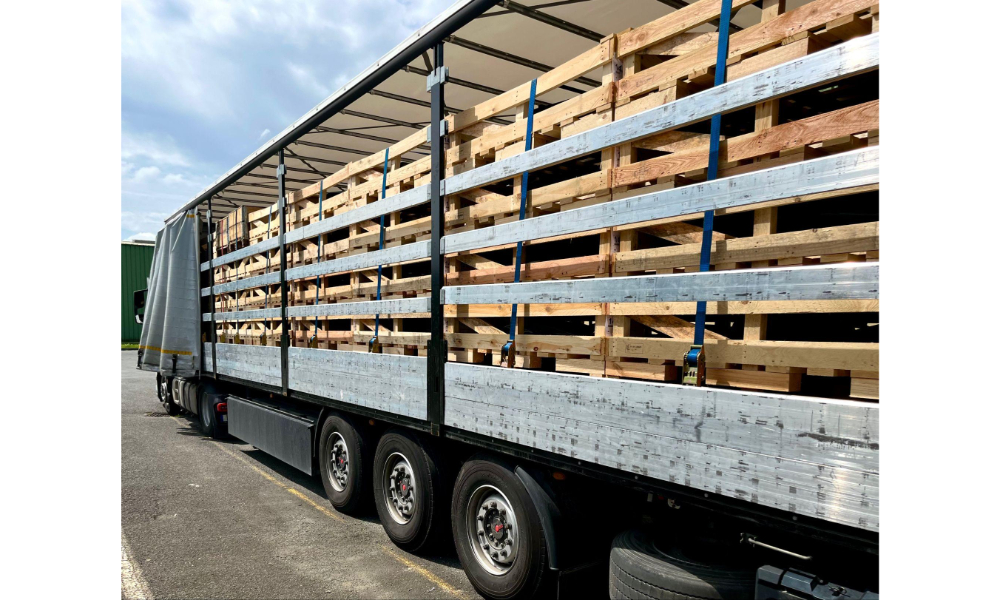Upgrading to S/4 HANA marks a major milestone for companies running legacy SAP ERP software. Many Singaporean enterprises are already recognising the value of moving towards this advanced system to enhance efficiency and data-driven decision-making. Transitioning, however, requires structured planning, reliable guidance, and expert SAP implementation service to ensure operational stability.
S/4 HANA and Its Core Advantages
S/4 HANA operates as an intelligent ERP system built to process vast data volumes in real time. Unlike older SAP ERP software, it runs on an in-memory database that drastically reduces data retrieval time. Enterprises benefit from faster analytics, integrated workflows, and improved forecasting accuracy.
Businesses in Singapore shifting to S/4 HANA are gaining real-time visibility across departments while streamlining redundant operations. Its simplified data model removes outdated components, allowing better integration between finance, logistics, and supply chain systems. Enhanced user interfaces through Fiori applications also improve employee experience and productivity.
Firms are capitalising on these features to maintain competitiveness in data-intensive markets. They are achieving smarter automation and decision-making by harnessing live business insights generated by the platform.
Preparing for Migration: Planning and Readiness
Migration to S/4 HANA involves more than a simple software update. Companies must evaluate their existing SAP landscape, infrastructure, and data quality before moving forward. The process demands a clear strategy covering assessment, custom code remediation, and system configuration.
Engaging a professional SAP implementation service helps organisations design a structured roadmap for migration. Experts assess compatibility between the current SAP ERP software and S/4 HANA, highlighting technical dependencies. Readiness checks determine system upgrades, hardware requirements, and the preferred migration approach — whether greenfield, brownfield, or hybrid.
Firms are benefiting from early preparation. Data cleansing, business process redesign, and change management form critical steps to minimise disruption. In Singapore’s competitive market, readiness ensures business continuity during transition and prevents post-migration downtime.
Managing Data and Integration During Migration
Clean and consistent data underpins successful ERP transformation. Businesses adopting S/4 HANA must refine data governance practices to ensure smooth migration and reliable reporting. Data duplication or inconsistent fields from legacy SAP ERP software can cause integration errors if not handled carefully.
Professional SAP implementation service providers in Singapore are assisting organisations in mapping data accurately, eliminating obsolete information, and validating key metrics before migration. Integration with third-party applications also requires attention. Cloud-based APIs simplify data exchange between S/4 HANA and other enterprise systems, helping departments collaborate more effectively.
Continuous monitoring during this stage guarantees minimal loss and ensures migrated data reflects accurate business intelligence. Companies are also implementing automated validation tools to verify data completeness and accuracy post-migration.
Optimising Business Processes Post-Migration
Transitioning to S/4 HANA offers a chance to revisit and optimise outdated workflows. Firms in Singapore are redesigning business processes to align with new system capabilities. Instead of replicating existing configurations, they are adopting best practices embedded in S/4 HANA to maximise ROI.
Automation plays a major role in increasing efficiency. Finance teams are reducing manual entries through smart journal automation, while logistics departments are tracking inventory with live data updates. Machine learning and predictive analytics embedded in S/4 HANA empower businesses to identify trends, mitigate risks, and allocate resources strategically.
Firms maintaining close partnerships with experienced SAP implementation service providers continue to extract higher value from the system. Regular training, process reviews, and performance audits ensure long-term success and system scalability.
Common Challenges and How to Overcome Them
Migrating to S/4 HANA presents challenges involving cost, downtime, and user adaptation. Budget planning remains crucial, as S/4 HANA implementation involves licensing, infrastructure, and training costs. Companies often underestimate the time required to transition, leading to project delays.
Collaborating with reliable SAP specialists helps mitigate these risks. Proper testing, user training, and phased rollouts prevent system disruptions. Another challenge lies in employee adaptation to the new interface and processes. Engaging internal teams early in the migration process encourages smoother adoption and ensures effective system use post-implementation.
Proactive monitoring post-go-live also prevents data mismatches and system errors. Routine maintenance and optimisation safeguard operational stability while improving long-term ROI.
Future-Proofing Operations with S/4 HANA
Businesses leveraging S/4 HANA are positioning themselves for long-term digital growth. The system’s integration with cloud technologies allows flexible scaling, meeting modern enterprise demands without major overhauls. Companies in Singapore embracing this transformation are enhancing agility, enabling faster responses to market shifts and customer needs.
The transition delivers sustainable advantages in productivity, automation, and analytics. Continuous updates from SAP ensure that S/4 HANA evolves alongside technological innovation, securing its role as the foundation for digital business operations.
Future-ready businesses in Singapore are streamlining operations, improving data accuracy, and driving automation with expert SAP implementation service. Visit Vanguard BC today to discover how your company can achieve a seamless S/4 HANA migration.




